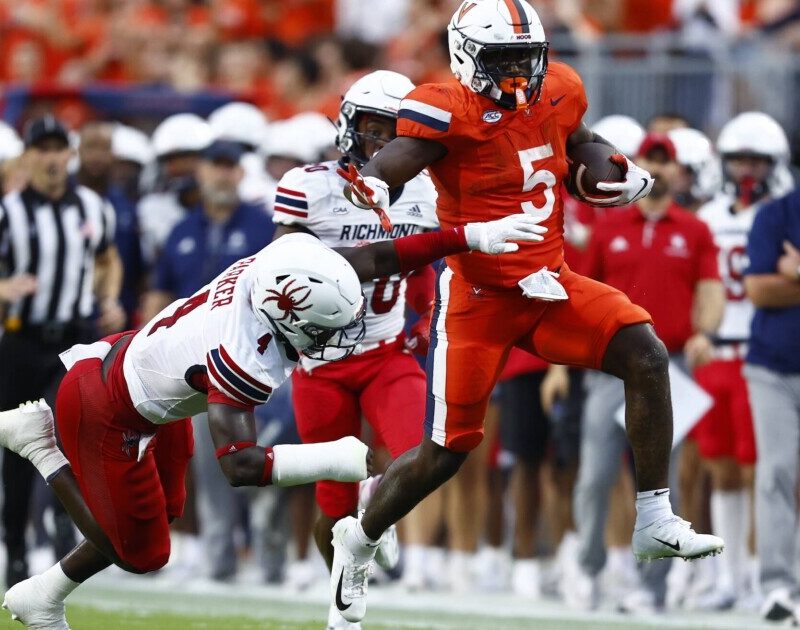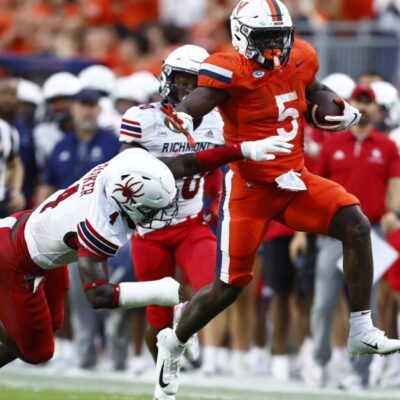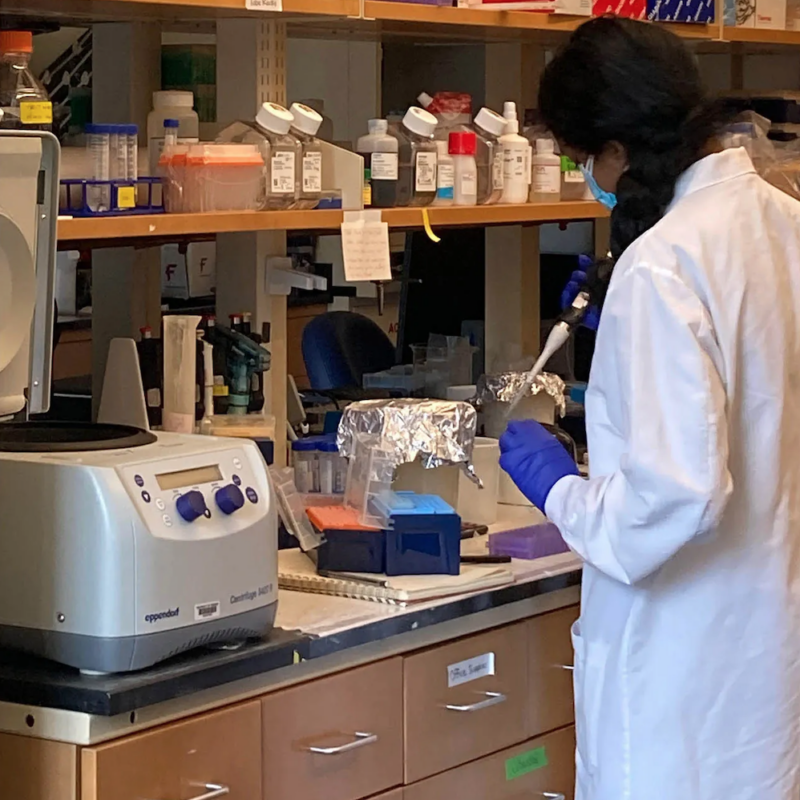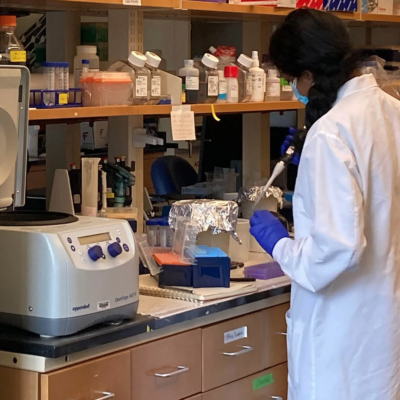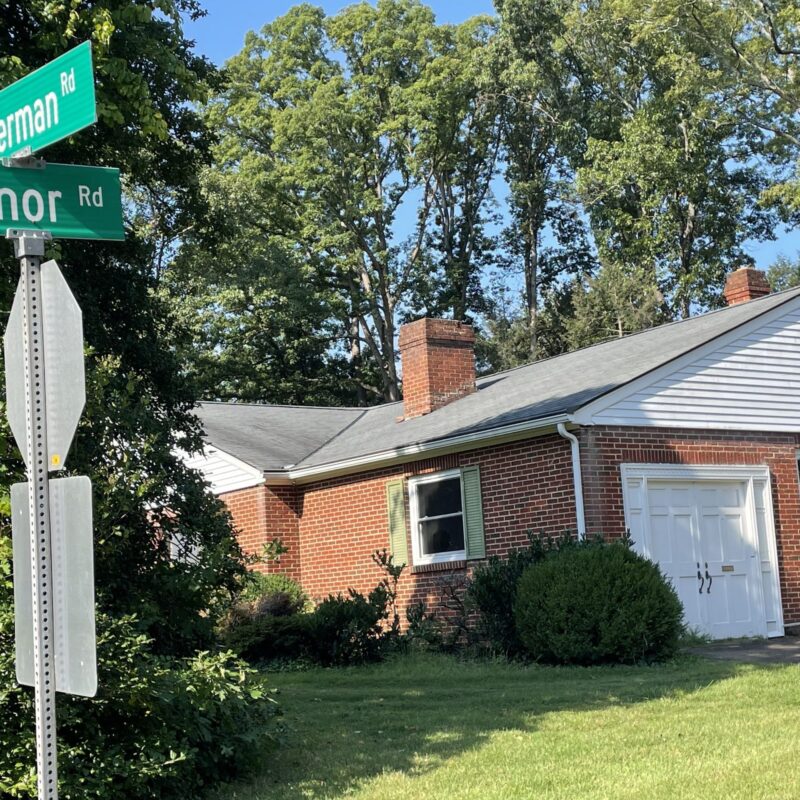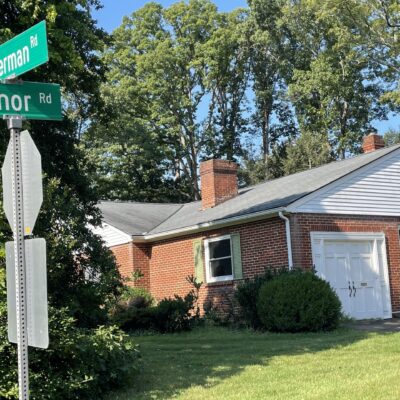Let’s say that it is 2:30 in the morning, you are out driving, and you take Stony Point Road. Turning off 250 at Pantops, you pass a McDonald’s on the left, its lights dimmed. As you drive along, picking up speed—the limit is 45—you go past Darden Towe Park on one side and a sign on the right that says Broadus Memorial Baptist Church. As you do, you notice that even though the sky is clear, it is nearly pitch black. Maybe you should slow down, but you don’t and start to climb a winding rise, keeping your eyes on the road. A street sign on the right says Franklin Drive as you continue to climb, then peak on a crest. Suddenly, something appears in front of you. Before you can even think, there is a crash, your car spins around and you wind up in a ditch. When you finally get your bearings and get out to look, your car seems to be totaled. And when you venture over to the road you see—holy shit!—a cow, no, two cows. They look to be dead.
 When the urban and the rural collide: A local driver is suing a landowner and a cattle farmer for his 2:30am accident on Route 20N. |
Unfortunately for one 18-year-old, something quite similar to this actually happened in November 2006. That teen, Neil Taylor, has filed a $150,000 lawsuit in Albemarle County Circuit Court against both the landowner and the owners of the cows for "carelessly, recklessly and/or negligently maintained fencing used to confine livestock."
Whether the suit and its allegations have any merit will remain to be seen, but in an area that combines bucolic paradise with 130,000 people, what are the laws that govern conflicts between cattle and Cadillacs?
Livestock laws vary from state-to-state, generally split into two camps. In "open range" states like Idaho, a livestock owner has no duty to keep his animal off the highway if it is in an area where cattle are by custom allowed to freely roam. If it is not, the owner of the animal can be held responsible for damage to any vehicle or related personal injury. Then there are "stock-law" states, such as Mississippi, that make it illegal for an owner of livestock to permit animals to go unfenced at all.
There are also three states, including Virginia, where responsibility for fencing changes by county. In some counties, the burden is on farmers to fence out the neighbor’s cattle, but not in Albemarle, says local Farm Bureau President Joe Jones. "It is incumbent on the landowner to fence livestock in," he says.
Even so, there can be exceptions to the general rule. What happens, for example, if a hunter comes on your farm property and leaves a gate open? Accordingly, many farmers have insurance for both man-made and natural encroachments—for instance, if there’s a storm and the wind blows a tree down, crushing a fence.
"You have to look at the specific circumstances of the cattle getting out, as well as the management of the fences," says Jones. "Cattle can’t read, so they don’t know not to go out in the road."
C-VILLE welcomes news tips from readers. Send them to news@c-ville.com.
